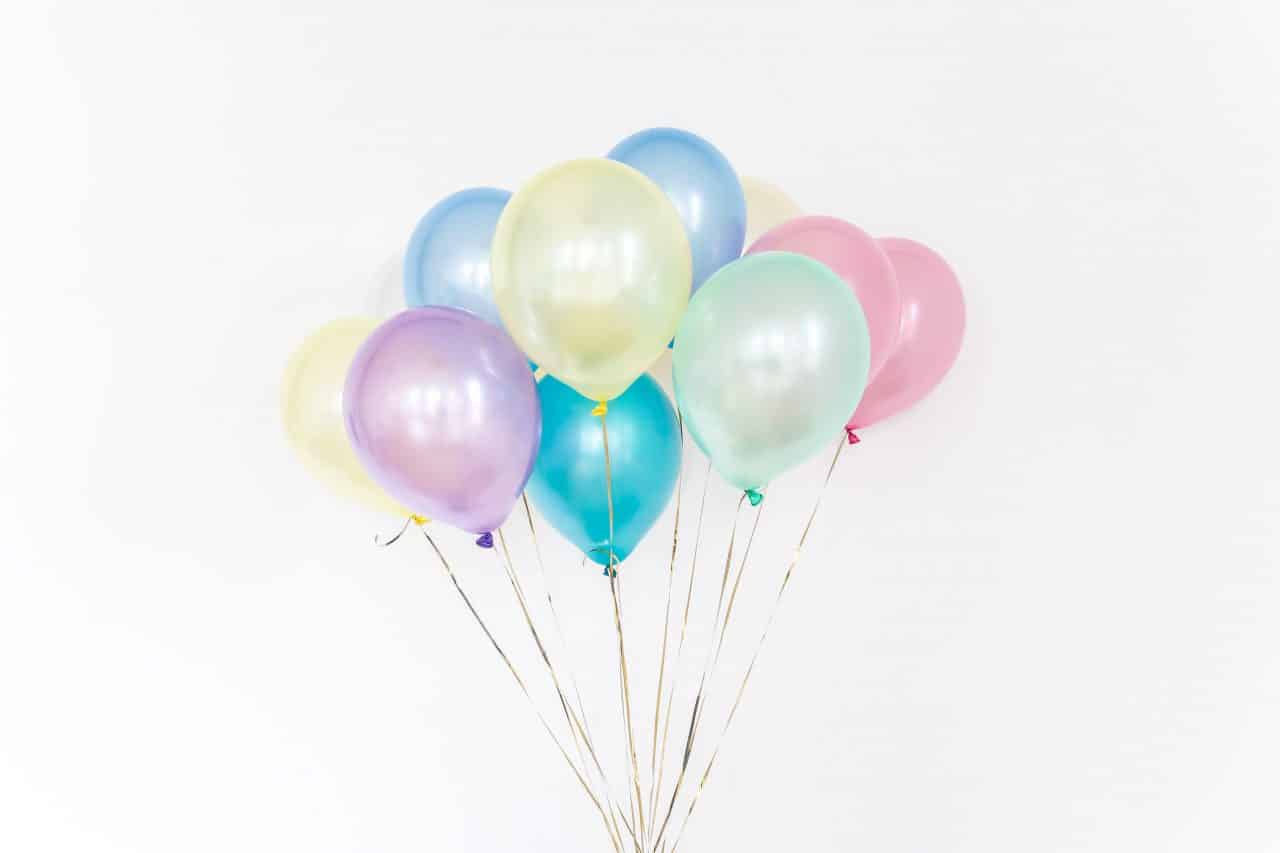A lot of factors can cause hearing loss, including aging, genetics and certain medical conditions. New research shows that you may want to add balloons to that list as well.
Loud Noise and Hearing Loss

To be clear, while balloons by themselves pose no threat to your hearing, the volume created by a popped balloon might.
Repeated exposure to any noise above 85 decibels (dB) can cause noise-induced hearing loss. This is roughly the volume of city traffic. The louder the noise, the less exposure is needed to cause damage to your ears.
Some common activities that can pose a threat to your hearing include hunting, riding motorcycles, attending concerts or listening to music through your headphones at a loud volume.
Popped Balloons and the Dangers of Impulse Noise
Many of those examples refer to activities with prolonged periods of exposure to loud noise. However, there is also something called impulse noise. It is characterized by a sudden burst of high-intensity energy, similar to noise from a gun or explosion.
Scientists at the University of Alberta were curious to see how the volume from a popped balloon stacked up against other potentially harmful sounds.
They found that the average impulse level of a ruptured balloon was more intense than a 12-gauge shotgun and nearly as intense as a 357 magnum.
While these findings don’t mean you have to nix the balloons the next time you throw your child a party at Funtastic Playtorium, you may want to bring earplugs or other hearing protection with you, just in case.
Signs of Noise-induced Hearing Loss
Hearing loss can develop gradually and may be hard to notice at first. If conversations or other noises start sounding muffled or distorted, or if you find yourself asking others to repeat themselves frequently, these could be early signs.
Some noise-induced hearing loss can be temporary, and your hearing can return to normal within a couple of days. However, permanent damage may have already occurred.
It’s best to get a hearing test at the first sign of any hearing problems. The earlier an audiologist can determine the cause and severity of your hearing loss, the more effective treatment, such as hearing aids, will likely be.
For more information or to schedule an appointment with one of our experts, call Evergreen Speech and Hearing Clinic today.